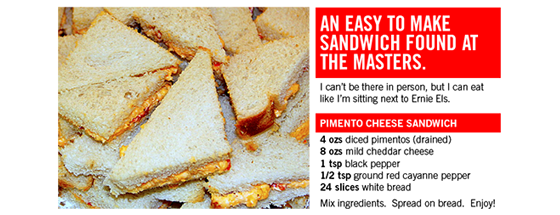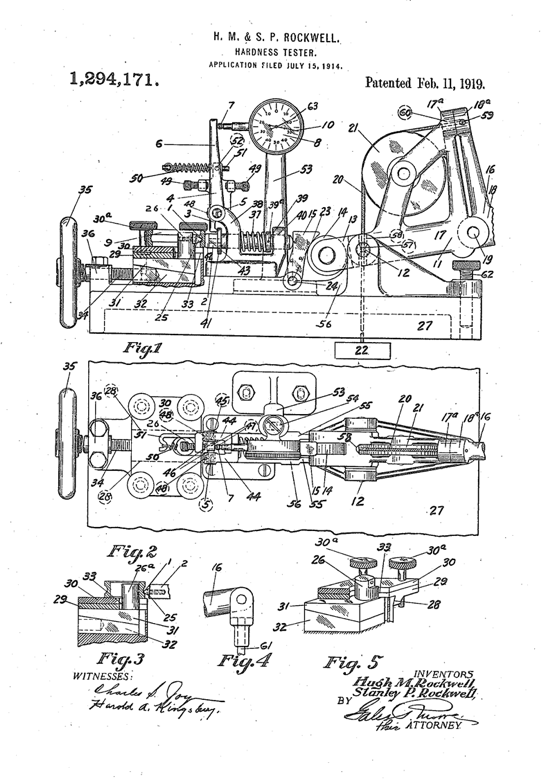Hey, Guess who turns 40 this year!
Well, besides KHT.

Erno Rubik and His Invention. Photoshop magic by Unknown
Good guess!
As you know, we’ve been all about problem solving for 40 years here at KHT, especially your PIA (Pain in the @%$) Jobs. And as it happens one of my favorite toys also shares our 40 year anniversary – the Rubik’s Cube.
In the mid-1970s, Ernő Rubik worked at the Academy of Applied Arts and Crafts in Budapest. Although it is widely reported that the ‘Cube’ was built as a teaching tool to help his students understand 3D objects, his actual purpose was working to solve the structural problem of moving the parts independently without the entire mechanism falling apart. At the time he did not realize that he had created a puzzle until the first time he scrambled his new Cube and then tried to restore it.
Rubik obtained a Hungarian patent HU170062 for his “Magic Cube” in 1975, the same year we were born. His original design has 8! (40,320) ways to arrange the corner cubes – Seven can be oriented independently, and the orientation of the eighth depends on the preceding seven, giving 37 (2,187) possibilities. With 12!/2 (239,500,800) ways to arrange the edges, the rule is that the combined arrangement of corners, edges, and centers must be an even permutation. For our mathematical friends, the formula reads: {8! \times 3^7 \times (12!/2) \times 2^{11}} = 43,252,003,274,489,856,000 – which is approximately 43 quintillion. To put this into a linear perspective, each permutation could cover the Earth’s surface 275 times.
So next time you find your Rubik’s Cube in the bottom of your toy box, think of KHT Heat and our love of problem solving – oh yea, and remember when you are trying to solve the cube, the world champion solved it in competition – in 38 seconds.
From Wikipedia, the free encyclopedia’s page on Rubik’s Cube. You can read a whole lot more there.







